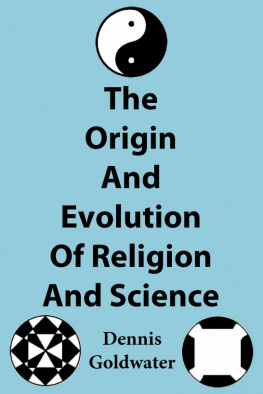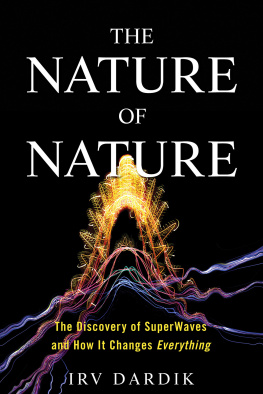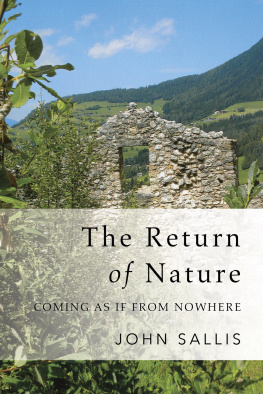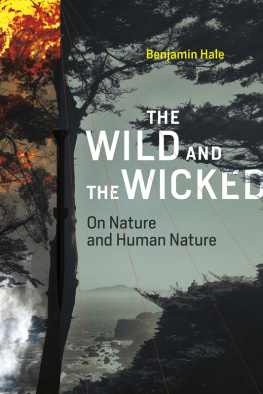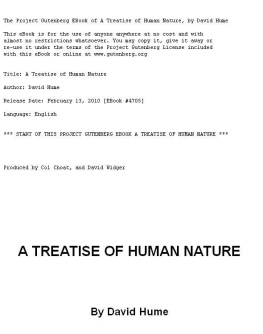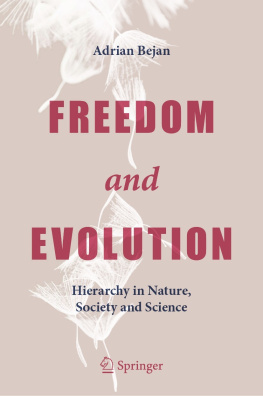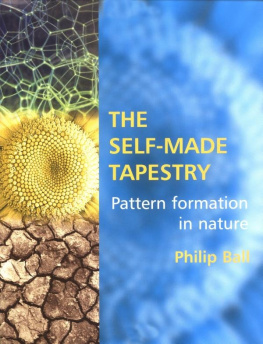Dennis Goldwater - The Origin And Evolution Of Religion And Science
Here you can read online Dennis Goldwater - The Origin And Evolution Of Religion And Science full text of the book (entire story) in english for free. Download pdf and epub, get meaning, cover and reviews about this ebook. year: 2014, publisher: Dennis Goldwater, genre: Romance novel. Description of the work, (preface) as well as reviews are available. Best literature library LitArk.com created for fans of good reading and offers a wide selection of genres:
Romance novel
Science fiction
Adventure
Detective
Science
History
Home and family
Prose
Art
Politics
Computer
Non-fiction
Religion
Business
Children
Humor
Choose a favorite category and find really read worthwhile books. Enjoy immersion in the world of imagination, feel the emotions of the characters or learn something new for yourself, make an fascinating discovery.
- Book:The Origin And Evolution Of Religion And Science
- Author:
- Publisher:Dennis Goldwater
- Genre:
- Year:2014
- Rating:5 / 5
- Favourites:Add to favourites
- Your mark:
The Origin And Evolution Of Religion And Science: summary, description and annotation
We offer to read an annotation, description, summary or preface (depends on what the author of the book "The Origin And Evolution Of Religion And Science" wrote himself). If you haven't found the necessary information about the book — write in the comments, we will try to find it.
Our species was originally much like the other animals. Our ancestors changed each generation, over tens of millennia, before achieving our modern degree of awareness of nature and of relationships that exist in nature.
This change has not been completely random, but has followed a pattern. This pattern is known as evolution. Everything in nature evolves, and all evolution follows the same pattern.
Evolution is a cyclic pattern. Modern humans have evolved to the awareness of the first 5 stages in the cycle of evolution.
These stages are best understood as dimensions. According to modern science, nature is composed of 2 components, space and time. Science currently recognizes 3 dimensions of space and 1 dimension of time. However, it can now be demonstrated that our species, with its 5 senses and its 5 fingers per hand, has evolved to the awareness of 5 dimensions of space and time. Furthermore, the existence of each of these dimensions of space and time is understood by the mind as a dimension not of space alone or of time alone, but of space-time: We live in a world of awareness of 5 dimensions of space-time.
Basic geometry is all that is needed to understand this new model, which reconsiders the notion of what constitutes a dimension.
During human evolution, our ancestors used language to develop models of nature. Speakers of Indo-European languages (a group that includes English and Greek) have developed 2 main types of models of nature, known as religion and science. Religion and science are not only very different, they are symmetrically opposite in every respect, such that they are seemingly completely incompatible. Now, however, they can be shown to be interrelated sides of the same coin. Religion and science have evolved following the same pattern as everything else in nature. The Greeks are used as example to discuss the evolution of religion and science.
All of the primary stages in the evolution of religion and science are discussed. Discussion of religion covers the symbolism of each of the primary Greek gods, from the beginning through the Titans, the Olympians, and monotheism, explaining how and why each was superseded by the next in importance. Discussion of science begins with the ancient Greek model of the 4 elements, and describes subsequent evolution to Euclidean geometry, Newtonian physics, and relativity. This book concludes with an introduction to the next stage in the evolution of science, which represents an entire dimension of evolution beyond what is understood by science at present.
Dennis Goldwater: author's other books
Who wrote The Origin And Evolution Of Religion And Science? Find out the surname, the name of the author of the book and a list of all author's works by series.

